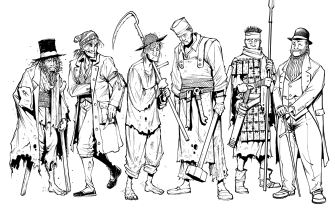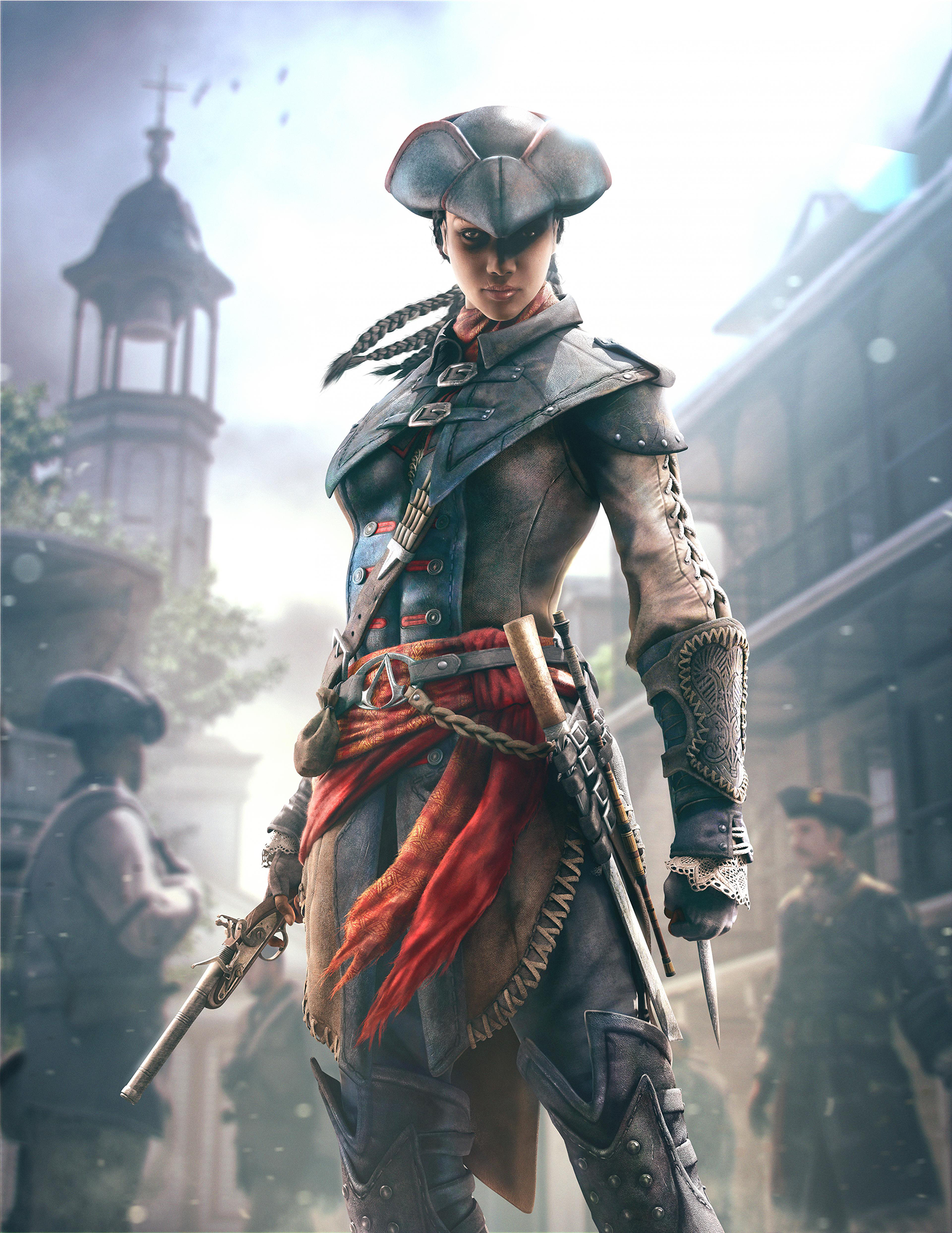Yup. I'd come to agree with your conclusion, Svrtnesse, simply because the alternative was incomprehensible.Thanks for the example. I think this shows that we've been talking about different things - or that we've been using similar words to mean different things.
Last edited:

 Vala
Vala
 Sage
Sage


